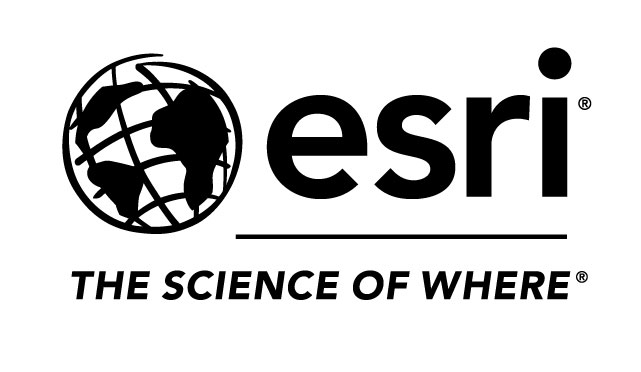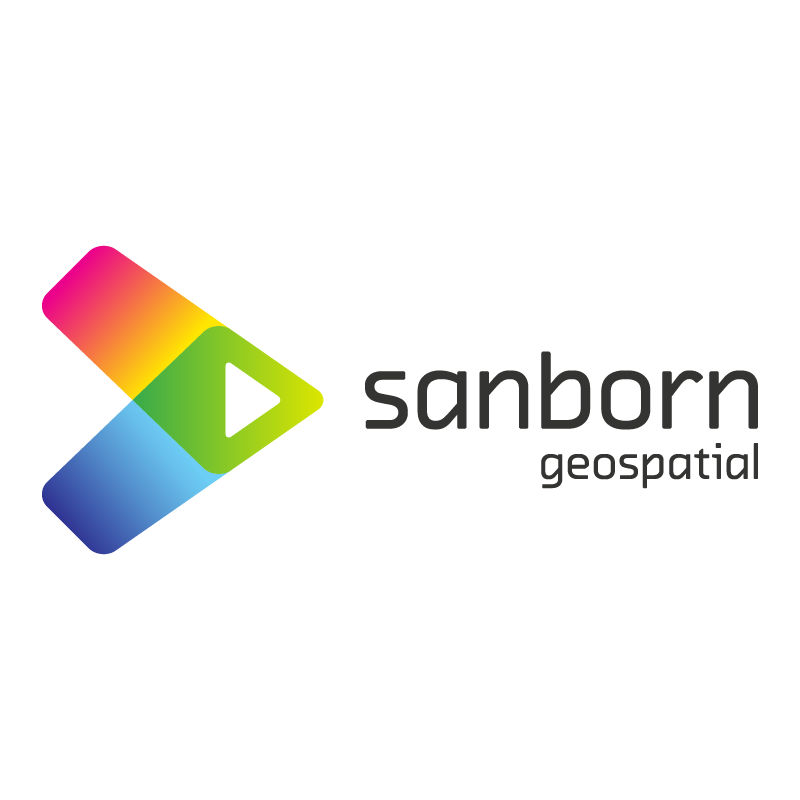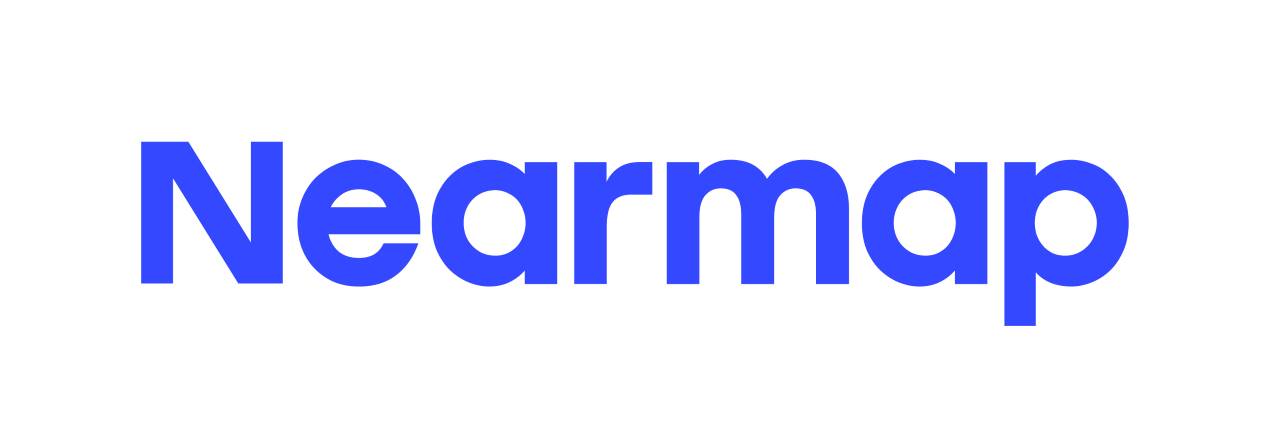Texas GIS Forum
October 21-25, 2024
FULL AGENDA
Workshops: MON & TUE
Our workshops provide access to in-depth training from industry leaders that help further your professional skills and networking opportunities. Registration for workshops is sold separately.
Sessions & Exhibits: WED & THU
Explore two days of talking sessions and exhibit booths to hear about the latest advancements in the private and public sector and connect with the geospatial community.
Texas GIS Community Meeting: FRI
Free admission and open to the public! Join the conversation as Texas GIS community members give quarterly updates and open the floor to discussion.
October 21, 2024 - October 25, 2024
Monday
8:00 AM - 12:00 PM
The Power of a Story: Presenting Your Work using ArcGIS StoryMaps
Jonathan Doherty, Esri
Location: Tower Room
8:00 AM - 12:00 PM
Introduction to ModelBuilder for ArcGIS Pro: Part 1
Tracy Rijken, TeachMeGIS
Location: Mustang Room
8:00 AM - 12:00 PM
Introduction to ArcGIS Drone2Map
Joseph Bowles, Esri
Location: Longhorn Room
1:00 PM - 5:00 PM
Accessing & Exploring TxGIO Data
Laura Sepulveda, Lauren Kirk; TxGIO
Location: Tower Room
1:00 PM - 4:00 PM
Introduction to ModelBuilder for ArcGIS Pro: Part 2
Tracy Rijken, TeachMeGIS
Location: Mustang Room
1:00 PM - 5:00 PM
Mastering ArcGIS Pro: Unleashing Advanced Capabilities
Zena Pelletier, Esri
Location: Longhorn Room
Tuesday
7:15 AM - 8:00 AM
Registration
Location: Atrium
8:00 AM - 12:00 PM
The Comprehensive Fieldwork Solution: ArcGIS Field Maps
Zena Pelletier, Esri
Location: Longhorn Room
8:00 AM - 12:00 PM
ArcGIS Experience Builder Workshop: Part 1
SOLD OUT
This session is at capacity. We apologize for the inconvenience
1:00 PM - 4:00 PM
ArcGIS Experience Builder Workshop: Part 2
SOLD OUT
This session is at capacity. We apologize for the inconvenience
1:00 PM - 5:00 PM
Unlocking Insights: Exploring GeoAI in ArcGIS
Joseph Bowles, Esri
Location: Longhorn Room
Wednesday
7:00 AM - 8:00 AM
Registration
Location: Atrium
8:00 AM - 8:30 AM
Welcome and Opening Remarks
Location: Big Tex Room8:30 AM - 9:30 AM
Keynote Presentation
Unveiling the Past: Innovations in Exploration with Albert Lin
From the jungles to the seas to the high-altitude deserts, his team has utilized advanced GIS technologies to uncover a hidden past. Join Albert Lin, host of National Geographic’s Lost Cities Revealed for a behind the scenes dive into the frontiers of mapping and storytelling.
Location: Big Tex Room

Albert Lin
Host of National Geographic’s Lost Cities Revealed
9:30 AM - 10:00 AM
Break with Exhibitors
10:00 AM - 10:45 AM
Session
The Role of Higher Education in Preparing the Future GIS Workforce
Stephanie Long, Austin Community College
Location: Big Tex Room
10:00 AM - 10:45 AM
Session
GIS Governance at the City of Austin
Marna McLain, City of Austin
Location: Balcones Room
10:00 AM - 10:45 AM
Session
Dude, Where’s My Cow? Geographic Distribution of Livestock Across Texas
Amanda Covington, Emma Jones; Texas Water Development Board
Location: Lil Tex Room
10:45 AM - 11:30 AM
Session
Enabling the Dissemination of Large Volumes of Historic Texas Maps Using an Automated Georeferencing Workflow
Alex Marden, Michael Shensky; University of Texas at Austin Libraries
Location: Balcones Room
10:45 AM - 11:30 AM
Session
Optimizing GIS and Office 365 Applications to Manage Energy-related Regulatory Activities
Jared Ware, Railroad Commission of Texas (RRC)
Location: Lil Tex Room
10:45 AM - 11:30 AM
Session
Integrating GIS into Disaster Response to Streamline Multi-Agency Operations
Barry Larsen, Bill Dozier; Texas A&M Engineering Extension Service (TEEX) Emergency Services Training Institute (ESTI)
Location: Big Tex Room
11:30 AM - 12:30 PM
Lunch
Included in pricing.
12:30 PM - 1:15 PM
Meeting the Challenges With Content
Jim Herries, Esri
Location: Big Tex Room

Esri
1:15 PM - 1:45 PM
Session
GeoAI Unleashed: How Geospatial is Set Free with Deep Learning
Andrew Christensen, Nearmap
Location: Lil Tex Room
1:15 PM - 1:45 PM
Session
State Flood Plan Viewer
Thomas Brown, HDR; Angela Khong, Texas Water Development Board
Location: Big Tex Room
1:45 PM - 2:15 PM
Session
Achieving Greater Efficiency and Insights in Flood Risk and Asset Mapping
Kristi Teykl, Eric Stephens, Shawn Devereaux; AECOM
Location: Big Tex Room
1:45 PM - 2:15 PM
Session
Creating Safer Roadways Using AI+ Aerial Imagery for Better Analysis
Rick Wallace, Vexcel Group
Location: Lil Tex Room
2:15 PM - 2:45 PM
Break with Exhibitors
2:45 PM - 3:30 PM
Session
Transition Tales: Navigating the Retirement of Web AppBuilder
Ashley Schutt, Catherine Hodde-Pierce; TxDOT
Location: Lil Tex Room
2:45 PM - 3:30 PM
Session
What is InSAR Technology: Applications and Services for Texas
Danielle Smilovsky, Conrad Blucher Institute - Texas A&M University - Corpus Christi
Location: Big Tex Room
2:45 PM - 3:30 PM
Session
Unlocking the Data Behind the Census Bureau's On the Map Tool for City Governments
Chad Ramos, City of Kyle
Location: Balcones Room
3:30 PM - 4:15 PM
Session
Overcoming Institutional Inertia through Automation
Zachary Stern, Shawn Strange; Texas General Land Office Division of Community Development and Revitalization
Location: Balcones Room
3:30 PM - 4:15 PM
Session
Are You Lost? Enhancing Campus Navigation with ArcGIS Indoors Routing
Deborah Massaro, Andrew Peterson; Austin Community College
Location: Lil Tex Room
3:30 PM - 4:15 PM
Session
Evaluating the Impact of Landcover Changes on Urban Heat Islands: A Case Study of Houston
Romina Tafazzoli, City of Austin
Location: Big Tex Room
4:15 PM - 5:00 PM
Enhancing Public Safety Through Statewide Collaboration
Bradley Adams, Sanborn Geospatial
Location: Big Tex Room

Sanborn Geospatial
5:00 PM - 7:00 PM
Forum Social
Featuring a DJ, interactive games, and refreshments, there will be ample opportunities to touch base with long-time colleagues - and make new connections.
Location: Atrium
Thursday
7:00 AM - 8:00 AM
Breakfast and Registration
Location: Atrium
7:00 AM - 8:00 AM
Registration
Location: Atrium
8:00 AM - 8:45 AM
Session
Teaching GIS Using the Geospatial Technology Competency Model
Adrienne Goldsberry, Penn State University
Location: Big Tex Room
8:00 AM - 8:45 AM
Session
A Satellite-based Approach to Detecting Small Livestock and Agricultural Ponds to Monitor Change Over Time
Jennifer Jensen, Department of Geography and Environmental Studies
Location: Balcones Room
8:00 AM - 8:45 AM
Session
TxDOT's Custom App for GIS Roadway Network Workload Tracking
Chris Bardash, Eric Kinsey; TxDOT
Location: Lil Tex Room
8:45 AM - 9:30 AM
Session
How to Tame the Wild West - Web GIS Administration and Governance
Laura Chapa, Mat Peck; Texas Department of Transportation
Location: Big Tex Room
8:45 AM - 9:30 AM
Session
Dredge Spoils Toxicity in the Houston Ship Channel
Naomi Yoder, Bullard Center for Environmental and Climate Justice at Texas Southern University
Location: Lil Tex Room
8:45 AM - 9:30 AM
Session
Leveraging Public Data for Visual Storytelling, Community Mapping and Engagement
Mashal Awais, Bayou City Waterkeeper
Uilvim Ettore Gardin Franco, Center for Research Computing/Spatial Studies Lab, Rice University
Location: Balcones Room
9:30 AM - 10:00 AM
Break with Exhibitors
10:00 AM - 10:45 AM
Session
Using Field Collection Apps to Be Less Reliant on Paper
Michael Vetter, Jane Chen; City of Houston - SWM
Location: Balcones Room
10:00 AM - 10:45 AM
Session
When water doesn’t flow downhill… Integration of urban stormwater networks with elevation derived hydrography:
Mischa Hay, Jason Nyberg, NV5 Geospatial
Location: Lil Tex Room
10:00 AM - 10:45 AM
Session
Empowering Community Leaders: Citizen Mapping Workshop for Environmental and Climate Justice
Dr. Liza Powers, Dr. Al Henson; Bullard Center for Environmental and Climate Justice
Location: Big Tex Room
10:45 AM - 11:30 AM
Session
Single Sign-On in an Evolving ArcGIS Online Platform: Analyzing Costs and Performing the Quiet Migration of User Accounts with Python
Michael Potts, Texas Parks & Wildlife Department
Location: Balcones Room
10:45 AM - 11:30 AM
Session
Easement Revolution: Unlocking Potential in GIS and Cityworks
Nathan Smith, City of Round Rock
Location: Lil Tex Room
10:45 AM - 11:30 AM
Session
The Right Way to Modernize Right-of-Way Data: How lifecycles, CAD to GIS, and digital delivery can break down data silos.
Matt Hiland, Sanborn Geospatial
Location: Big Tex Room
11:30 AM - 12:30 PM
Lunch
Included in pricing.
12:30 PM - 1:15 PM
Aerial Imagery for Stormwater Management: Fugro’s Approach to Impervious Surface Analysis
Keith Owens, Fugro
Location: Big Tex Room

Fugro
1:15 PM - 1:45 PM
Session
Tackling Climate Equity and Resiliency With High Resolution Land Cover
Thomas Peck, Ecopia AI
Location: Big Tex Room
1:15 PM - 1:45 PM
Session
Expanding the Impact of Street Level Imagery with Mapillary
Chad Blevins, Meta
Location: Lil Tex Room
1:45 PM - 2:15 PM
Break with Exhibitors
2:15 PM - 3:00 PM
Session
Watch Out for Work Zones: Developing a Data Feed for the Work Zone Data Exchange
Caitlin Schneider, Sanborn Geospatial
Location: Balcones Room
2:15 PM - 3:00 PM
Session
Integrating ESRI Mapping APIs with Javascript to Create Custom UIs
Brent Porter, Texas Health and Human Services
Location: Lil Tex Room
2:15 PM - 3:00 PM
Session
3000 Easy Steps: Large-Scale Data Integration and Stewardship
Russell Taylor, CoreLogic
Location: Big Tex Room
3:00 PM - 3:45 PM
Session
An Update on the GISCI: What is Happening and What’s New
Tony Spicci, GIS Certification Institute
Location: Balcones Room
3:00 PM - 3:45 PM
Session
Revolutionizing School Safety: Empowering High School Students with Geospatial Technology to Help Secure Schools!
Richard Wade, Texas Geographic Information Office; Thomas Brown, HDR; Scott Sires, Dallas College
Location: Big Tex Room
3:00 PM - 3:45 PM
Session
Mapping Vietnam War Helicopter Deaths
Ken McElroy, Austin Community College
Location: Lil Tex Room
3:45 PM - 4:45 PM
Keynote Presentation
Blue Zones: Secrets of a Long Life
To find the path to long life and health, Nick Buettner and his team study the world’s “Blue Zones,” communities whose elders live with vim and vigor to record-setting age. In his talk, he shares the 9 common diet and lifestyle habits – Power 9® – that keep them spry past age 100. What should you be doing to live a longer life? Nick Buettner debunks the most common myths and offers a science-backed blueprint for the average American to live another 12 quality years
Location: Big Tex Room

Nick Buettner
Vice President, Blue Zones
4:45 PM - 5:00 PM
Session
Closing Remarks
Location: Big Tex Room
Friday
Free admission! Everyone is welcome to attend.
8:00 AM - 9:00 AM
Registration and Breakfast
Location: Atrium
9:00 AM - 12:00 PM
4th Quarter Texas GIS Community Meeting
*Last published 08/12/2025 8:06 PM
